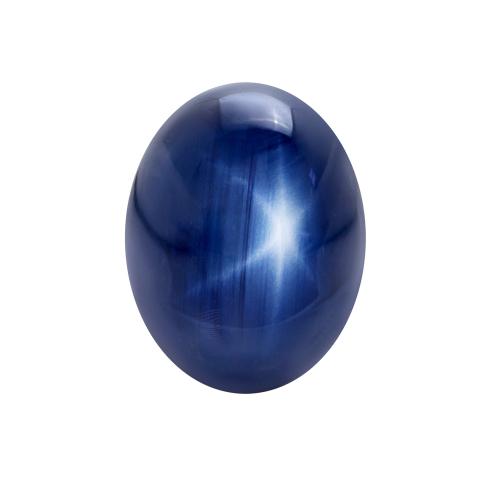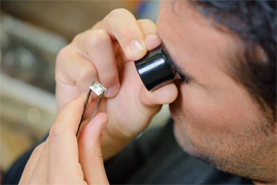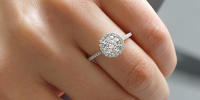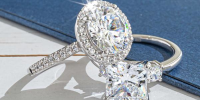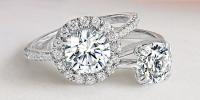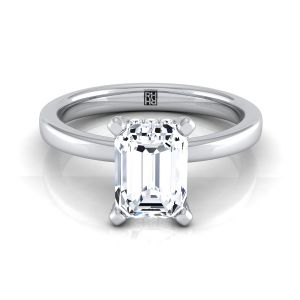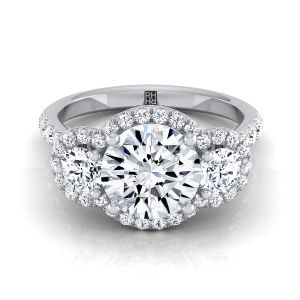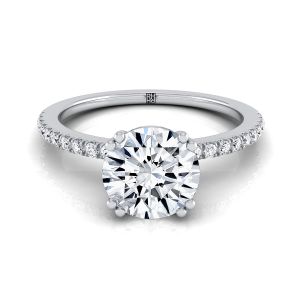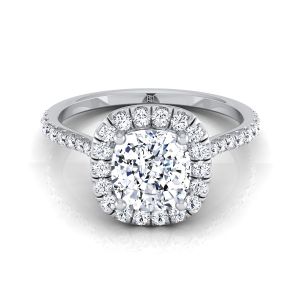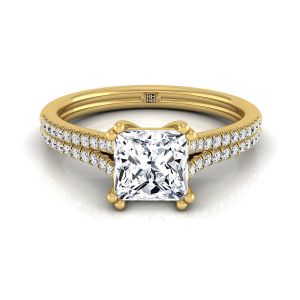
A cabochon is shaped with a polished, convex or rounded top without faceting and a slightly domed or flat base. It may be turned into just any
shape, although oval is the most common one used.
Certain gems are nearly always shaped en cabochon, including opal, star
sapphire, turquoise, moonstone, and onyx.
Before the fourteenth century, all semi-precious and precious
gemstones were polished into cabochons. Methods to create cut and faceted gems were developed only after the 14th Century. Even though some cutting does take place when creating a cabochon, that is done to isolate the final stone’s area, thereby reducing the polishing necessary to get the finished shape.
Although by no means fully limited by the type of gemstone, polishing does suit a

gem that consists of a slightly softer material, or one which is semi-transparent. A fully transparent gem, like a diamond, does extremely well with faceting, owing to the desirability of reflection and refraction; hence, it is rarely seen as a cabochon. The hardness of the stone is a factor too, since a softer one can dull quickly due to micro-scratching caused by silicon dioxide in surrounding dusty air, and faceting increases this effect more than a cabochon cut. Hence, gemstones that have a Mohs scale rating of lower than 7 are rarely faceted, but nearly always polished to cabochons.
A cabochon diamond ring is rather difficult to find on the market. However, it is possible to get a cabochon ring with
diamond accents.
 A cabochon is shaped with a polished, convex or rounded top without faceting and a slightly domed or flat base. It may be turned into just any shape, although oval is the most common one used.
Certain gems are nearly always shaped en cabochon, including opal, star sapphire, turquoise, moonstone, and onyx.
Before the fourteenth century, all semi-precious and precious gemstones were polished into cabochons. Methods to create cut and faceted gems were developed only after the 14th Century. Even though some cutting does take place when creating a cabochon, that is done to isolate the final stone’s area, thereby reducing the polishing necessary to get the finished shape.
Although by no means fully limited by the type of gemstone, polishing does suit a
A cabochon is shaped with a polished, convex or rounded top without faceting and a slightly domed or flat base. It may be turned into just any shape, although oval is the most common one used.
Certain gems are nearly always shaped en cabochon, including opal, star sapphire, turquoise, moonstone, and onyx.
Before the fourteenth century, all semi-precious and precious gemstones were polished into cabochons. Methods to create cut and faceted gems were developed only after the 14th Century. Even though some cutting does take place when creating a cabochon, that is done to isolate the final stone’s area, thereby reducing the polishing necessary to get the finished shape.
Although by no means fully limited by the type of gemstone, polishing does suit a  gem that consists of a slightly softer material, or one which is semi-transparent. A fully transparent gem, like a diamond, does extremely well with faceting, owing to the desirability of reflection and refraction; hence, it is rarely seen as a cabochon. The hardness of the stone is a factor too, since a softer one can dull quickly due to micro-scratching caused by silicon dioxide in surrounding dusty air, and faceting increases this effect more than a cabochon cut. Hence, gemstones that have a Mohs scale rating of lower than 7 are rarely faceted, but nearly always polished to cabochons.
A cabochon diamond ring is rather difficult to find on the market. However, it is possible to get a cabochon ring with diamond accents.
gem that consists of a slightly softer material, or one which is semi-transparent. A fully transparent gem, like a diamond, does extremely well with faceting, owing to the desirability of reflection and refraction; hence, it is rarely seen as a cabochon. The hardness of the stone is a factor too, since a softer one can dull quickly due to micro-scratching caused by silicon dioxide in surrounding dusty air, and faceting increases this effect more than a cabochon cut. Hence, gemstones that have a Mohs scale rating of lower than 7 are rarely faceted, but nearly always polished to cabochons.
A cabochon diamond ring is rather difficult to find on the market. However, it is possible to get a cabochon ring with diamond accents.









